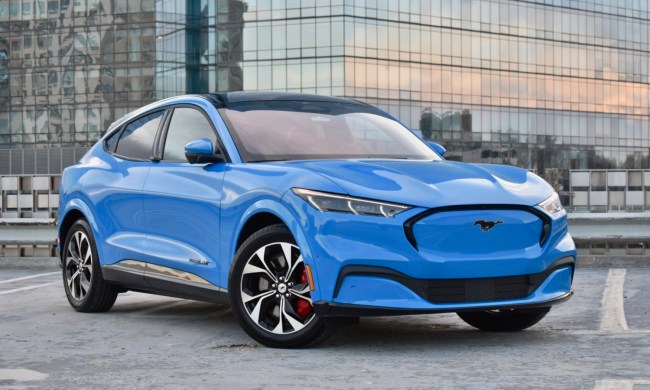Lincoln seems to have lost its way lately. The luxury brand has been criticized for only selling derivatives of Ford models, rather than offering anything exclusive.
Yet another Ford-derived model just might save Lincoln.
Speaking to Edmunds, Lincoln global marketing chief Matt Van Dyke said the brand is planning a product blitz, which could include a rear-wheel drive model based on the 2015 Ford Mustang.
There are no concrete plans for this model yet; Van Dyke simply responded that “we won’t rule anything out.” Yet it could be just the thing Lincoln needs.
Ford’s luxury brand doesn’t have anything to answer the sporty rear-wheel drive sedans from its German and Japanese competitors, but with independent rear suspension, the 2015 Mustang platform might finally be sophisticated enough for the job.
More importantly, it would also give Lincoln a model that can’t be found in showrooms. The Mustang platform could form the basis for a sedan in the vein of the MKR, a Mustang-based four-door concept that debuted at the 2007 Detroit Auto Show.
It wouldn’t be the first example of cross pollination between the Mustang and Lincoln, either. Back in the 1980s, the Lincoln Continental sedan and Mark VII coupe shared their 5.0-liter V8 with the Pony Car.
A Mustang-based luxury car might not solve all of Lincoln’s problems, but it would at least show that the brand is capable of being more than a top trim level for Ford, and potentially attract needed attention and showroom traffic.


